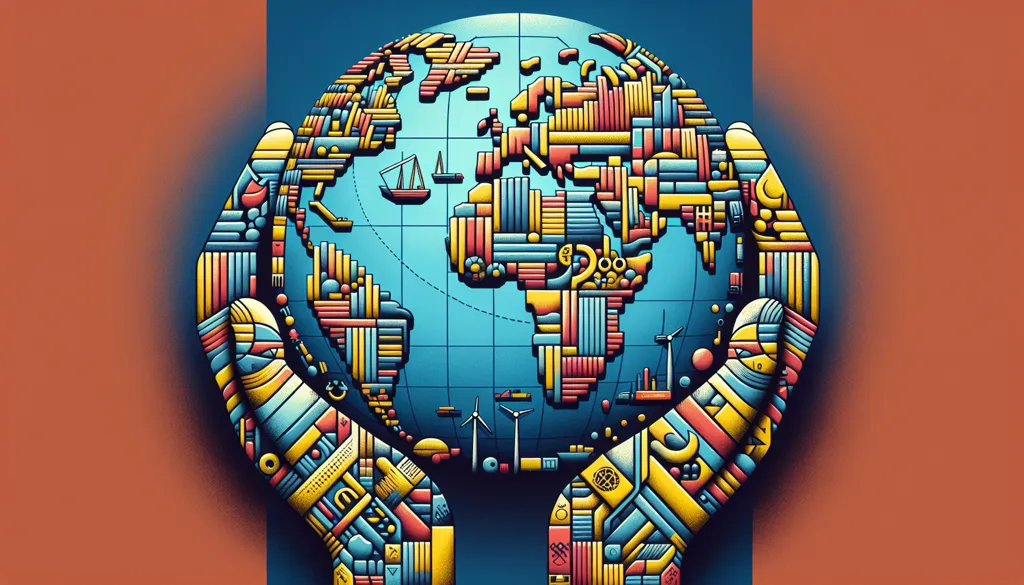Navigating Global Trade Imbalances: Implications for the U.S. and Beyond
The global trading system, as it currently stands, is fraught with significant imbalances that defy the very principles of free trade and comparative advantage. These imbalances have persisted for decades, and the United States plays a central role in anchoring these global disparities. As a 40-year-old mother from Kansas, with a background in journalism, I find it fascinating how these complex economic dynamics affect our everyday lives, from the goods we purchase to the jobs available in our communities.
The Persistence of Trade Imbalances
Trade imbalances occur when countries running large trade surpluses must acquire foreign assets to balance these surpluses. The U.S. is particularly attractive for these surplus countries due to its open access to American assets. Consequently, the U.S. has no choice but to run corresponding trade deficits. This dynamic has significant implications for American manufacturing, employment, and debt levels, as the U.S. share in global manufacturing declines while that of surplus countries like China rises.
This situation is further exacerbated by the fact that foreign inflows do not lower U.S. interest rates as assumed by many economists. Instead, they force adjustments in the U.S. economy that result in lower domestic savings through higher unemployment, household debt, investment bubbles, and fiscal deficits.
Understanding Comparative vs. Competitive Advantage
The traditional economic theory of comparative advantage suggests that countries export goods in which they have a production advantage to pay for imports of goods where they are at a disadvantage. However, the reality is more complex. Surplus economies often run surpluses due to industrial policies that force households to subsidize the manufacturing sector, creating a competitive rather than comparative advantage. This results in suppressed domestic demand and a reliance on trade surpluses to externalize the consequences of these policies.
Impact on Domestic and Global Economies
For countries like the U.S., this imbalance means that trade deficits cannot decline unless surplus economies stop acquiring U.S. assets. The result is a decline in the manufacturing sector and an increase in debt or unemployment. The problem isn't just about trade itself but about unbalanced trade that doesn't match supply with demand.
Globally, these imbalances lead to repressed demand. High national savings rates in surplus countries often result not from cultural factors but from policies that skew income distribution, leaving households with a lower share of GDP and thus consuming less. This creates a cycle where the surplus country's excess savings are exported to deficit countries like the U.S., forcing them to adjust through increased debt or unemployment.
Potential Solutions and Challenges
Addressing these imbalances requires significant changes to the global trading regime. The U.S. could benefit from intervening to reverse the beggar-thy-neighbor policies of surplus countries by restricting their ability to dump goods or excess savings into the U.S. economy. However, this would diminish the global role of the U.S. dollar, impacting powerful U.S. constituencies like Wall Street and large corporations.
Moreover, implementing such changes would face strong opposition from surplus countries that benefit from the current system. Any meaningful resolution would require international cooperation and a willingness to shift towards a more balanced trade environment.
Conclusion
The global trade imbalances are a complex issue with far-reaching implications. As a moderate from the Midwest, I see the importance of balanced analysis and the need for practical solutions that consider both domestic and global impacts. While the path to resolving these imbalances is fraught with challenges, it is crucial for the U.S. and other affected countries to strive towards a more equitable and sustainable global trade system. By doing so, we can ensure a more stable economic future for our families and communities.

